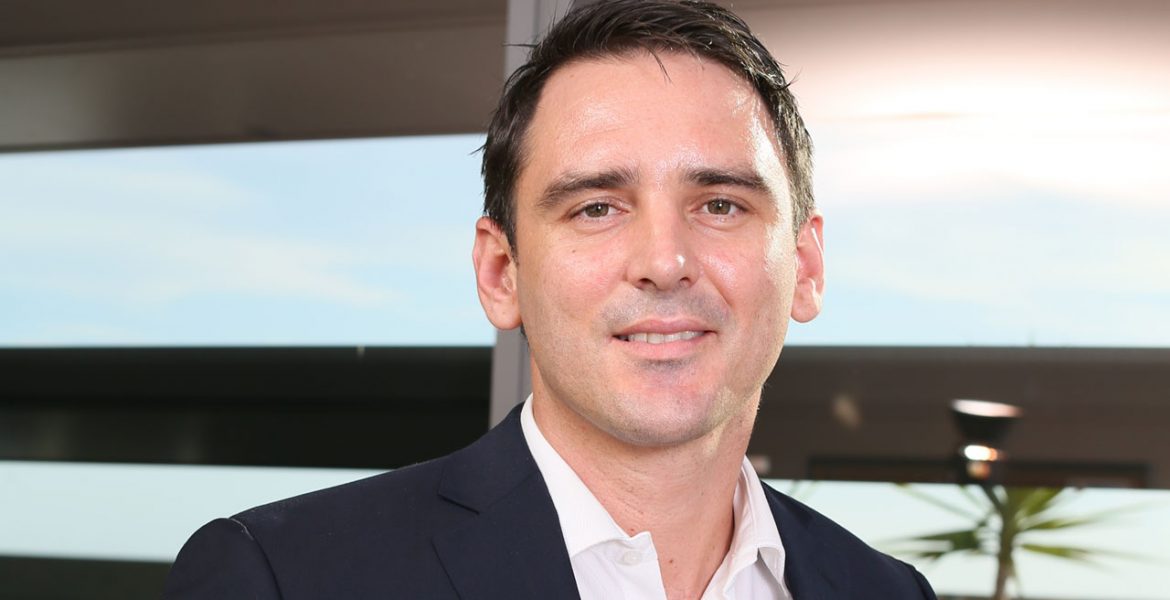Connected TV has well and truly arrived and although the newly fragmented landscape is confronting for some, savvy marketers are catching on and benefiting. Shane Hanby, Dataxu’s Country Manager ANZ, explains why 2019 is the year to embrace the platform.
As more personalised advertising experiences take hold and the industry shifts gears to keep up with consumer needs and expectations, the media channels that can deliver this are set to be the ones braced for the future.
Now, more than ever, in this increasingly fragmented world of over-the-top video and Connected TV, marketers and agencies alike need to be at the forefront of TV technology and be aware of the opportunities.
There’s no question that TV is the king of building brands, but TV’s current evolution into Connected TV – referring to TV connected to the internet – is creating powerful, yet highly complementary, disruption to the TV landscape as we know it.
Just as mobile has given us food, flights, money or bookings at the swipe of a finger, as and when we want it, TV is now giving us what we want, when we want it. No longer are our viewing habits bound by the TV guide.
Many naysayers are speaking of the ‘demise of TV’, but this could not be further from the truth – people are watching more TV than ever, just in a different way.
Broadcasters also aren’t bemoaning this shift, far from it, in fact. Instead we are seeing them making major infrastructure investments to give viewers and advertisers alike more inventory and improved on-demand access to Connected TV.
This is not about choosing between traditional TV and Connected TV. It’s about understanding the differences and benefits and tapping into them in order to stay ahead of the game.
Now is the time to empower the industry around Connected TV and to look at how we can take this positive and innovative TV shift even further to break new ground.
Thanks to the power of programmatic buying, the individualisation of ad targeting on Connected TV is becoming the norm.
According to Australian industry body ThinkTV, viewing of Connected TV via broadcasters Ten, Nine, Seven and Foxtel – representing on-demand TV via their streaming platforms – jumped 43% to a new record in February this year compared to a year earlier.
In the latest sign of Connected TV advertising’s maturation, the data also showed that more than 500 new advertisers used Connected TV services to reach and target customers in 2018.
These figures alone, which don’t include viewing statistics on other major Connected TV players or devices such Netflix, Stan, Amazon Prime or Google Chromecast and Roku, make a strong case for the future of Connected TV.
It’s also worth noting that while streaming services such as Netflix and Stan don’t permit ads, that’s not to say they won’t in the future, or that those that do offer ads in other markets, such as Hulu, won’t make headway in our market.
Needless to say, if you have begun experimenting now, then you will be even better placed when the market penetration of Connected TV ramps up even further.
According to eMarketer, it is expected more than half the US population (57.2%) will watch Connected TV in 2019, up from 51.7% in 2017.
However, despite the major advancements in Connected TV allowing brands to deliver specific commercials to a particular household or person, the medium is still untapped by many.
There are still challenges around fragmentation and measurement but also a fear of the unknown.
This fear acts as a barrier to experimentation and adoption, but as Connected TV buying continues to bring together the best of the TV and digital worlds, advertisers should become braver at trialling.
It’s not the execution that is complicated, it’s the landscape and education around how and when to venture into Connected TV.
It’s also worth noting that creating ads for Connected TV is no different to the ad you create for digital video or standard TV placements, with the same format and style working just as well. This is also what makes it suitable and appealing to smaller businesses and brands wanting to exploit the savvy Connected TV viewer.
Connected TV is not just a big deal for the major agencies and brands either. The proliferation of inventory we are seeing is opening up options for businesses of all sizes and budgets.
It’s a media channel that all media agencies should now be confidently planning and buying in, as well as those brands that have opted to move trading in-house.
As hit shows from around the world land with hype, and talkability and the rise of the ‘binge viewer’ takes hold, it’s worth adding that Connected TV isn’t just about powerful short-term performance success, but much like TV, the channel is ripe for long-term brand building.
The prominence and importance of Connected TV cannot be underestimated. Whether it’s understanding the technology, improving the user experience or navigating cross-device environments, formats and measurement, 2019 is the year to ensure you are clued up with Connected TV.
To learn more about Connected TV, check out Advertising Week Sydney’s “Connecting with Connected TV” panel featuring Nine Digital, ThinkTV and Dataxu, on Tuesday, July 29th at 3.40pm. You can grab your ticket to Advertising Week here.

